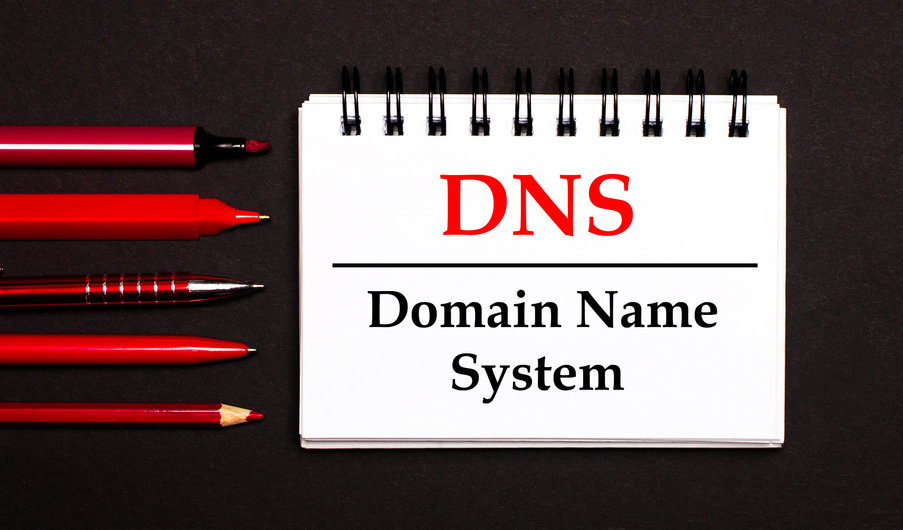DDoS (Distributed Denial-of-Service) attack – Explanation
The distributed denial of service (DDoS) attack is a cyberthreat that uses resource capacity restrictions for each network resource. Therefore, its primary goal is to compromise crucial targets, like a system, network, or server. The DDoS assault floods the targeted online site with requests. The intention is to overburden the website’s capacity completely. As a result, the target is unable to manage all of the requests, and regular users would be unable to access the website.
DDoS attacks frequently target websites for online shopping or various kinds of businesses that provide online services.
Teardrop attack explained in detail
Categories of DDoS attacks
We can categorize the DDoS attacks into three groups:
- Attacks on the application layer – Applications are overloaded with fictitious requests.
- Volume-based attacks are assaults that send a lot of malicious traffic to a server, website, or other targets. For instance, there are ICMP, UDP, and spoofed-packet flood assaults.
- Massive volumes of packets are sent to the network infrastructure and tools that DDoS attacks target at the network layer or protocol level. There are two well-known protocol attacks: SYN floods and Smurf DDoS.
The goal of attacks is the same regardless of their format. This is done to keep the target’s resources unresponsive and slow at all times.
How can you avoid DDoS attack?
You can defend yourself or your company against DDoS attacks. There are various approaches. Here are a few examples:
- Purchase a DNS service that is DDoS protected. You need modern technology to strengthen your defense against DDoS attacks. Why? Because you’ll lose a lot of money if your Domain Name System is down (DNS Outage) and your clients can’t access your website. And no one desires that.
- Be aware of your traffic. You need to understand and to Monitoring your traffic. The only way to distinguish between regular activity and behavior that can signal a DDoS assault is through this strategy.
- Load-balancing software. Load balancing is the most effective solution when handling high volumes of traffic. It describes the procedure of splitting up traffic and sending it to different servers.
- Properly configured DNSSEC. Attackers can abuse misconfigured DNSSEC (Domain Name System Security Extensions) domains to launch Denial-of-Service attacks.
Conclusion
Let’s recap. The Distributed Denial-of-Service attack may be very detrimental to your company, computer, website, etc. So make sure it doesn’t happen by taking precautions. For instance, use Anycast DNS, DDoS prevention software, or a service that will watch your traffic. Good fortune!







